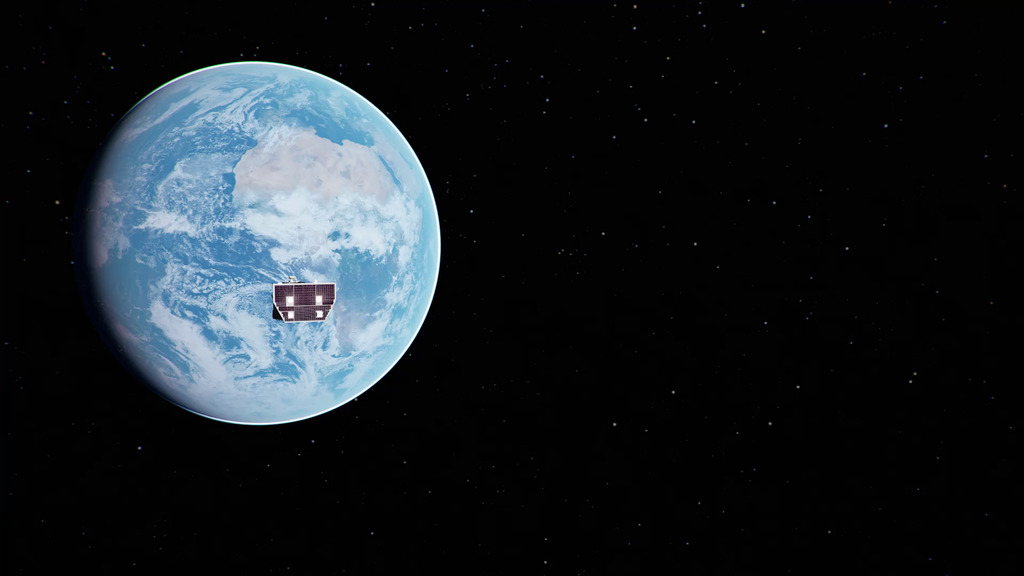Carruthers Geocorona Observatory Assembly and Testing
The Carruthers Geocorona Observatory is a SmallSat mission to Lagrange Point 1 (L1), where it will use an advanced ultraviolet imager to monitor Earth’s exosphere — the outermost layer of the atmosphere — and the exosphere’s response to solar-driven space weather. Carruthers is poised to become the first SmallSat to operate at L1 and the first to deliver continuous exospheric observations from this vantage point.
Led by the University of Illinois Urbana-Champaign, the mission is scheduled to launch no earlier than 2025 as a rideshare component of NASA’s Interstellar Mapping and Acceleration Probe (IMAP) mission, which will explore the boundaries of the heliosphere, the bubble that is inflated by the solar wind and surrounds the Sun and planets. The Carruthers Geocorona Observatory is a vital addition to NASA’s fleet of heliophysics satellites. NASA Heliophysics Division missions study a vast, interconnected system from the Sun to the space surrounding Earth and other planets to the farthest limits of the Sun’s constantly flowing streams of solar wind.
BAE Systems personnel complete the critical lift to remove the top panel of the Carruthers Geocorona Observatory in a BAE Systems cleanroom in Boulder, Colorado.
Credit: NASA/BAE Systems Space & Mission Systems
BAE Systems personnel complete the critical lift of the Carruthers Geocorona Observatory instrument onto the spacecraft bus in a BAE Systems cleanroom in Boulder, Colorado.
Credit: NASA/BAE Systems Space & Mission Systems
BAE Systems demonstrates the Carruthers Geocorona Observatory payload door display in a BAE Systems cleanroom in Boulder, Colorado.
Credit: NASA/BAE Systems Space & Mission Systems
BAE Systems completes an inspection of the Carruthers Geocorona Observatory in a BAE Systems cleanroom in Boulder, Colorado.
Credit: NASA/BAE Systems Space & Mission Systems
For More Information
Credits
Please give credit for this item to:
NASA's Goddard Space Flight Center
-
Producer
- Beth Anthony (eMITS)
Missions
This page is related to the following missions:Release date
This page was originally published on Monday, May 12, 2025.
This page was last updated on Monday, May 12, 2025 at 9:10 AM EDT.


![Watch this video on the NASA Goddard YouTube channel.Complete transcript available.Image credits: U.S. Naval Research LaboratoryMusic credits: “Bright Life” Tristan Lewis Noon [PRS]](/vis/a010000/a014200/a014249/14249_CarruthersGeocoronaObservatoryRenaming_YouTube.00095_print.jpg)